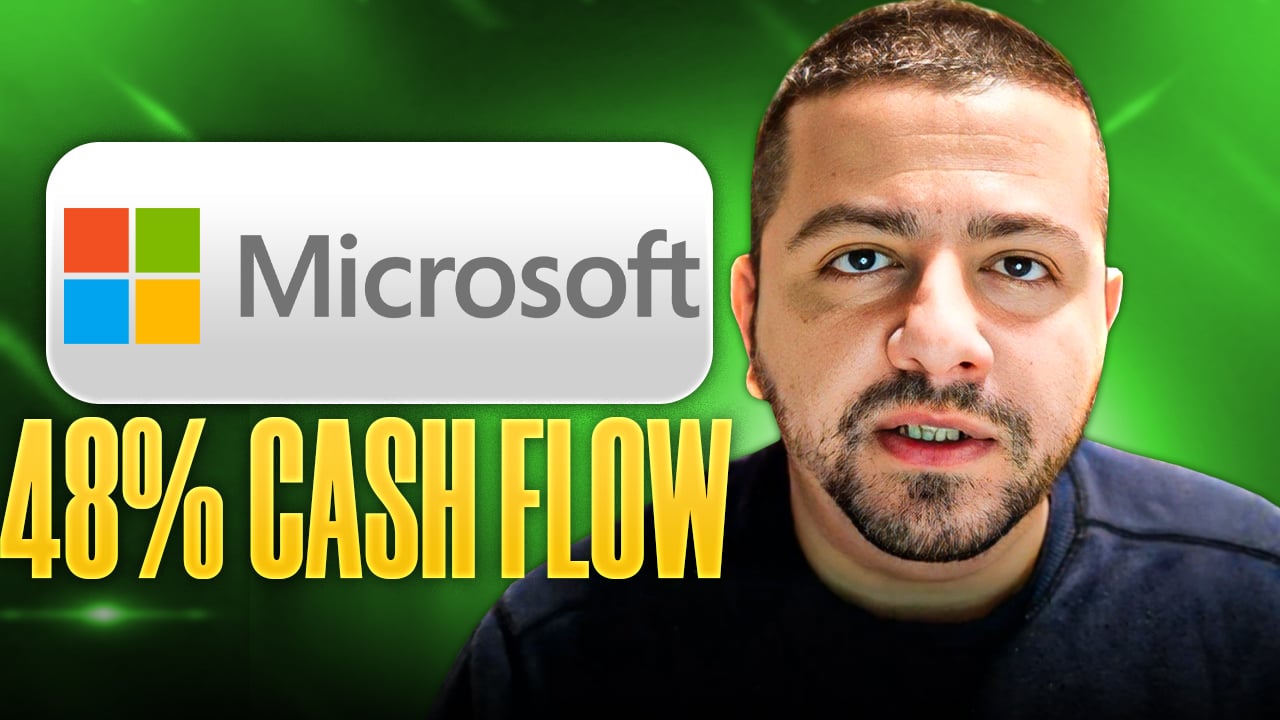Though they play in different sandboxes, Adobe (ADBE +0.01%) and Microsoft (MSFT +0.22%) aren't strangers. The two tech leaders announced a strategic partnership about a year-and-a-half ago, and they have since expanded the relationship. Microsoft and its Azure cloud platform are an ideal base from which Adobe can deliver its various suite of solutions.
From an investment perspective, both Adobe and Microsoft are absolute no-brainer stocks, albeit for different reasons. For the more conservative aspect of your portfolio, Adobe's business model emphasizing slow but steady growth is ideal. Along with its 2% dividend yield, Microsoft has carved out multiple avenues of growth, all of which are expected to explode in the coming years.

Image source: Adobe.
The tortoise or the hare
As the old story goes, it's the reliable tortoise that makes it to the finish line ahead of the hare. Adobe may not be the flashiest of stocks, but CEO Shantanu Narayen has built a foundation of reliable revenue that continues to soar with each passing quarter.
The record-breaking $2 billion in total revenue Adobe reported last quarter was an astounding 25% jump year over year. What makes the revenue growth so impressive is that Adobe was able to generate its substantial gains in such a conservative manner.
It's been over four years since Narayen raised the ire of customers by moving Adobe's Creative software suite of solutions to a subscription-only model. Customers weren't happy, but shareholders are smiling all the way to the bank. The reason? The switch to subscriptions has built an outstanding foundation of annual recurring revenue (ARR).
Adobe exited last fiscal year with $5.23 billion in ARR, up 7% sequentially. Though operating expenses rose 18% to $1.1 billion, the biggest jump of 25% came from Adobe's research and development (R&D) efforts. Adobe isn't resting on its laurels; it's already beta testing new features, including voice-activated creative and editing software, along with cutting-edge offerings including 3D and virtual reality (VR).
The R&D costs certainly didn't hamper Adobe's bottom line. For the year, Adobe generated an eye-popping 46% increase in per-share earnings to $3.38, obliterating the prior year's $2.32 a share. Better still, considering its ARR focus, Adobe will continue to grow both the top and bottom lines for years to come, making it a no-brainer stock.

Image source: Getty Images.
Leader of the pack
The expectations for the amount of revenue the cloud is expected to generate in the years ahead are astronomical. Beyond the cloud market as a whole, Software-as-a-Service (SaaS) and Business-Process-as-a-Service (BPaaS) solutions delivered via the cloud hands-down represent the largest opportunities.
As it happens, SaaS and BPaaS are Microsoft's strengths and are largely responsible for its rapid growth in the cloud. Microsoft exited its fiscal 2018 first quarter with an annual cloud revenue run rate of $20.4 billion, placing it at or near the top of the industry. Azure cloud platform revenue nearly doubled, up 90% year over year.
Microsoft's Azure performance is great, but it's the SaaS and related sales that utilize the cloud platform that drove its 12% jump in revenue to $24.5 billion last quarter. Like Adobe, Microsoft's $20 billion-plus in trailing revenue is recurring.
The cloud boosted Microsoft's Dynamics consumer relationship management (CRM) revenue 69%, and Office 365 commercial sales soared 42%. Many pundits bemoaned the $26.2 billion acquisition of LinkedIn in mid-2016, but they missed the point. In addition to Microsoft's forays into the cloud, artificial intelligence (AI)-driven data analytics has become a market opportunity all its own with the advent of the cloud and the Internet of Things.
Last quarter, LinkedIn added $1.1 billion in revenue, a figure that has steadily risen each quarter. Microsoft also boasts a leadership position in augmented reality (AR). AR, particularly with its multiple commercial applications, is expected to become an $83 billion market by 2021. As it stands, Microsoft is leading the AR charge with clear sailing ahead.
The multiple avenues of growth, along with its 2% dividend yield, are why Microsoft is a no-brainer stock.







